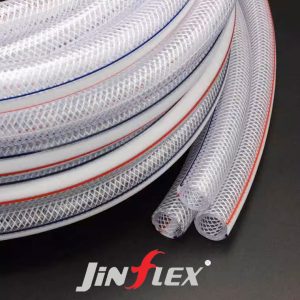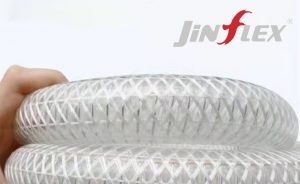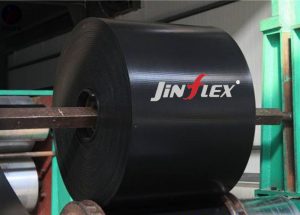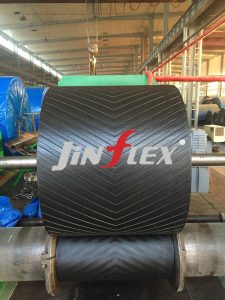In the field of fluid transmission, fiber braided water pipes and oil pipes both play an important role, but they have obvious differences in their application sites.
Application areas of fiber braided water pipes:
Fiber braided water pipes are often used in urban water supply systems, sewage treatment systems, agricultural irrigation and other occasions due to their excellent water resistance and corrosion resistance. In these sites, water pipes need to be exposed to water or liquids containing chemicals for a long time. Therefore, it is particularly important to choose fiber braided water pipes that can resist corrosion and maintain long-term stability. In addition, fiber braided water pipes also perform well in sites that need to bend or pass through small spaces because of their good flexibility.

Application areas of fiber braided oil pipe:
Different from water pipes, fiber braided oil pipes are mainly used in petroleum, chemical industry, energy and other fields. In these sites, oil pipes need to withstand high temperatures, high pressures, and erosion from oil media. Therefore, fiber braided oil pipe must have excellent high temperature resistance, oil resistance and antistatic properties. In oil exploration, refineries, gas stations, etc., fiber braided oil pipes are widely used to transport oil media such as crude oil, refined oil, and lubricants. At the same time, due to its good sealing and pressure resistance, fiber braided oil pipes can also ensure the safety and stability of oil media during the transmission process.

To sum up, there are obvious differences between fiber braided water pipes and oil pipes in their application sites. Understanding their characteristics and applicable scenarios can help us make more reasonable choices in practical applications.


